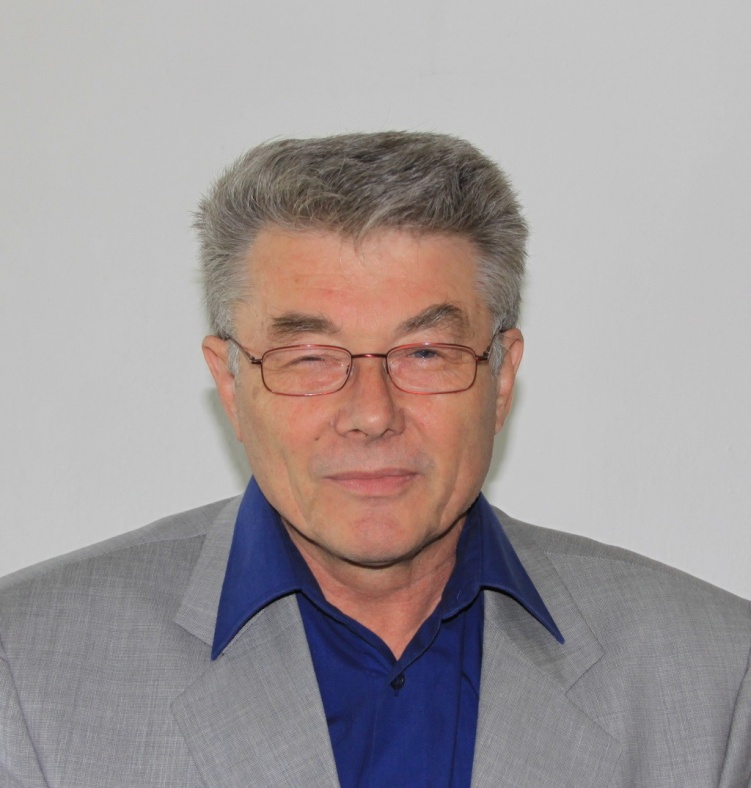
Zajac Vladimir
Cancer Research Institute BMC SAS, Slovakia
Title: AIDS process from the perspective of evolution
Biography
Biography: Zajac Vladimir
Abstract
Despite great success in the diagnostics and therapy of AIDS, there are many unanswered questions. Without giving the answers to these questions more successful treatment of patients can not be expected. The strong argument for this prediction is a fact that it is not possible to stop the worldwide spread of AIDS, especially in Africa. The data leading to the conclusion that HIV alone is the etiologic agent responsible for AIDS is generally accepted. According to this claim, virus was transferred to humans from monkeys in Africa through random contacts 35-50 and according to recent reports even 100 years ago. This claim, which turned into dogma, however, has not been sufficiently confirmed and is unacceptable from epidemiological, statistical point of view and also by common sense. If we want to move forward the analysis of AIDS process we need to go deeper into the history of mankind and try to identify how was evolve the state of health of humankind. From the evolutionary point of view, the biggest changes in the human health condition occurred during a series of epidemics, particularly in Europe and the adjacent parts of Asia and Africa. The largest epidemic of plague - the Black Death - was caused by the bacterium Yersinia pestis. Started in 1346 in Italy from where it spread throughout Europe and then to Asia. Population after epidemic decreased by 30 to 50%. In 2001, epidemiologists S. Scott, Ch. Duncan and S. Kohn proposed a theory according to which the „Black Death“ may have been caused by hemorrhagic viruses. This version corresponds to the means of human-to-human transmission, speed and intensity of the epidemic. Based on our results, we assume that HIV is very likely an inseparable part of man since the beginning of our existence. These results and the subsequent analysis have led us to propose a theory that the "Black Dead" epidemic in the 14th century was attended, in addition to Yersenia pestis and other factors, and therefore, in our opinion, it could be HIV. This epidemic took place in Europe, parts of Asia and North Africa, but not in America and sub-Saharan Africa. The victims of the Black Death epidemic were individuals with a damaged immune system due to violation of symbiosis between the prokaryotic and eukaryotic kingdom in their body. The epidemic was so devastating, because resulted also in the elimination of HIV carriers. Those who survived had delta 32 mutation in the CCR5 co-receptor, which is predominantly expressed in T cells, macrophages, dendritic cells, and eosinophils. Mutation CCR5-Δ32 protect participants from Yersenia pestis infection, but the smallpox virus and HIV infection, as well. The “Black Dead” epidemic results in an increase in the number of CCR5 delta 32 mutations in the Caucasus population to 10%, in some areas to 15-20%. Statistically, it is confirmed that locations with a higher frequency of CCR5-Δ32 allele are much lower “Black Death” mortality. This epidemic on the other side as "sanitary process" led to the restoration of balance between the two kingdoms in the human body and to the recovery of most of the human population. In Sub-Saharan Africa, this epidemic and subsequent "sanitation process" has not taken place, that’s why HIV-related genetic information has not been eliminated in the population. Therefore, there is no CCR5Δ32 mutation in this population and the level of HIV genetic information is much higher than in other parts of the world. Options to remedy this situation in Sub-Saharan Africa are under discussion. Confirmation of the presented hypothesis can bring new insight into AIDS, especially in Africa, and open up new possibilities in diagnostics and therapy of this syndrome.

